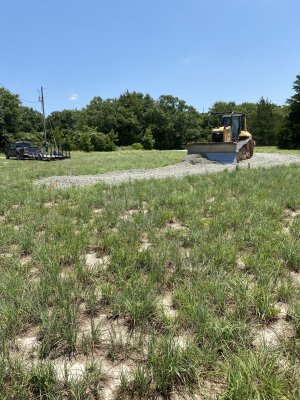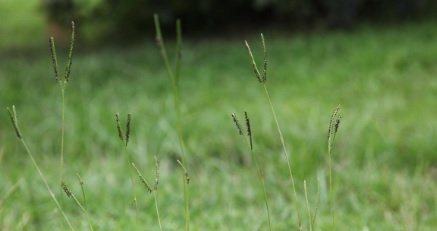CharleyCap
Active member
Hi I got a central texas property about 40 miles east of waco. the property is only 40 acres of which about 20 is open for good grazing. I just planted 80% of that with perennial ryegrass. Tested the soil first, fertilzed it, I expect it to grow like crazy in this cool wet sand. Will buy may be 3 or 4 head of cattle and turn them out after it hits about 8".
What I am concerned about is giving is the cattle unbriddled access to that much rye 24/7. I live about an hour away. Conerned that much rye will make them scour. Has anyone had that problem ? like when its too much rye grass? from not enough native forage? Native forage is blue stem (I think), may be a little bit of native type of bahia of some kind, really just a lot of weeds I been mowing down, nothing that great. Thank you.
What I am concerned about is giving is the cattle unbriddled access to that much rye 24/7. I live about an hour away. Conerned that much rye will make them scour. Has anyone had that problem ? like when its too much rye grass? from not enough native forage? Native forage is blue stem (I think), may be a little bit of native type of bahia of some kind, really just a lot of weeds I been mowing down, nothing that great. Thank you.


